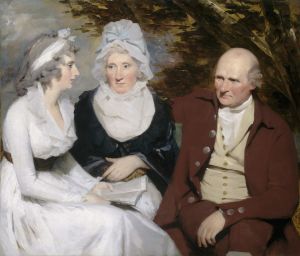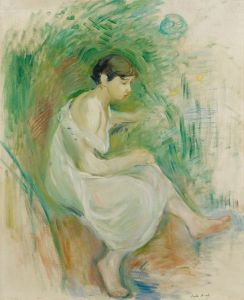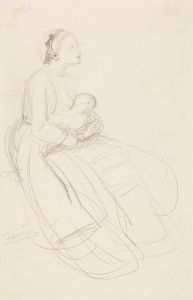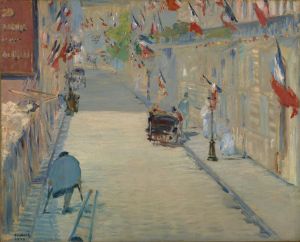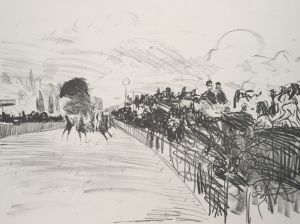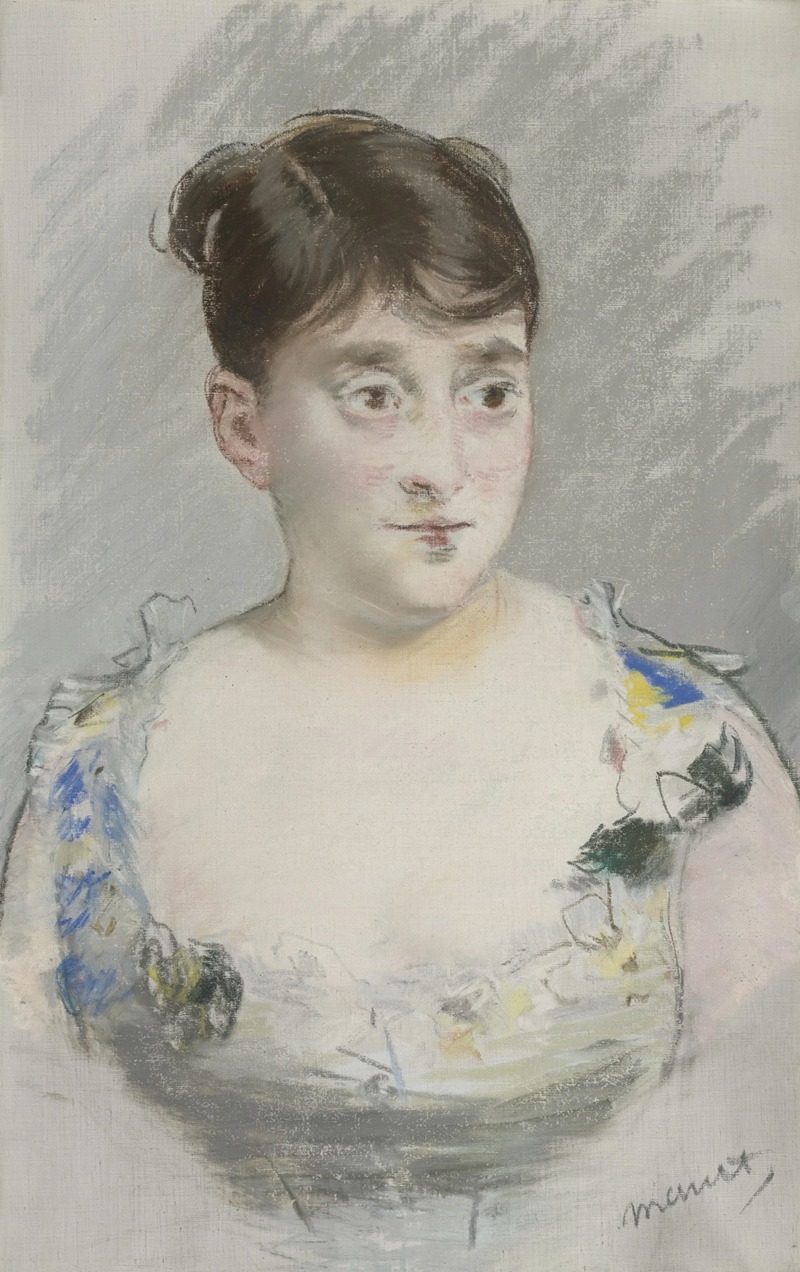
Portrait de Madame du Paty
A hand-painted replica of Édouard Manet’s masterpiece Portrait de Madame du Paty, meticulously crafted by professional artists to capture the true essence of the original. Each piece is created with museum-quality canvas and rare mineral pigments, carefully painted by experienced artists with delicate brushstrokes and rich, layered colors to perfectly recreate the texture of the original artwork. Unlike machine-printed reproductions, this hand-painted version brings the painting to life, infused with the artist’s emotions and skill in every stroke. Whether for personal collection or home decoration, it instantly elevates the artistic atmosphere of any space.
Édouard Manet, a pivotal figure in the transition from Realism to Impressionism, painted "Portrait de Madame du Paty" in 1871. This work is a testament to Manet's skill in portraiture and his ability to capture the essence of his subjects with a modern approach that was innovative for his time.
The painting features Madame du Paty, a woman about whom little is known today, which is not uncommon for many of Manet's sitters. Manet's portraits often focused on capturing the personality and status of his subjects, and this work is no exception. The portrait is characterized by Manet's typical loose brushwork and his use of light and shadow to create depth and dimension, which were hallmarks of his style.
In "Portrait de Madame du Paty," Manet employs a restrained color palette, using subtle tones to highlight the sitter's features and attire. The background is kept simple, ensuring that the focus remains on Madame du Paty herself. This approach is consistent with Manet's tendency to strip away unnecessary details, allowing the viewer to engage more directly with the subject.
Manet's technique in this painting reflects his broader artistic philosophy, which often challenged the conventions of the time. He was known for his bold compositions and his willingness to defy traditional artistic norms, which sometimes led to controversy. However, his work also paved the way for future generations of artists, influencing the development of modern art.
The painting was created during a tumultuous period in French history, shortly after the Franco-Prussian War and the Paris Commune. This context may have influenced Manet's work, as he was known to be deeply affected by the political and social changes of his time. However, "Portrait de Madame du Paty" remains focused on the individual, offering a glimpse into the personal rather than the political.
Manet's portraits are often celebrated for their psychological depth, and this painting is no exception. Madame du Paty's expression is calm and composed, yet there is an air of introspection that invites the viewer to ponder her thoughts and emotions. This ability to convey complex human emotions is one of the reasons Manet is regarded as a master portraitist.
The painting is part of a broader body of work that showcases Manet's evolution as an artist. Throughout his career, he experimented with different techniques and subjects, but his portraits consistently reveal his interest in capturing the human condition. "Portrait de Madame du Paty" exemplifies this interest, demonstrating Manet's skill in rendering both the physical likeness and the inner life of his subjects.
Today, "Portrait de Madame du Paty" is appreciated not only for its artistic merit but also for its historical significance. It offers insight into the world of 19th-century France and the individuals who inhabited it, as seen through the eyes of one of its most influential artists. The painting continues to be studied and admired, reflecting Manet's enduring legacy in the art world.






